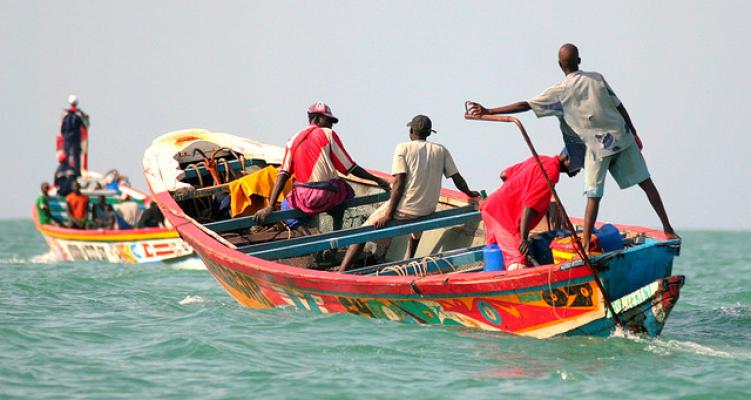Towards transformative resilience…
Often the goal of resilience is to bounce back to return to the ‘normality’ situation before the crisis, as a springboard. But is this realistic and sufficient for sustainable reconstruction?
Our starting point for a better understanding of resilience is that in the face of a crisis, each individual, group or community has the opportunity to go further than survival, by mobilizing their capacities of choice to develop positively – even in harsh living conditions – in a way that matches his values and his surroundings.
Often the goal of resilience is to bounce back to return to the ‘normality’ situation before the crisis. But is this realistic and sufficient for sustainable reconstruction?
These resilience capacities include survival through shock absorption but also the adaptation of behaviors and lifestyles to the crisis context and the transformation of the environment and context to continue to develop positively. These three forms are complementary and necessary, but to find lasting solutions, we must strive as much as possible towards the last, transformative resilience. Resilience then becomes a long-term, localized and proactive process.
Effective resilience is based on different factors, three of which seem crucial. First, the ability of individuals or groups and communities to imagine the future and plan for it in a positive way (what psychologists call the ‘locus of control or mastery’.). These individuals then have the feeling of at least partially controlling the course of their life thanks to their choices and their decision-making (choice of a training or a profession, the fact of moving or not). They are then restored to their position as actors and no longer only victims.
These resilience capacities include survival but also the adaptation of behaviors and lifestyles to the crisis context and the transformation of the environment to continue to develop positively.
Then resilience is built through the existence and belonging to social networks. It is the combination of these networks that is essential: social cohesion and mutual aid within groups and communities solidarity between neighbors; interactions and links between groups and communities of villages with the same problems which come together to confront the problems together and as last access to the support of external actors (public organizations, NGOs, media, etc.).
resilience is built through the existence and belonging to social networks.
Resilience is transformative and sustainable if it fits into local cultures and adapts to environmental conditions. In this, national organizations are able to effectively support the strengthening of resilience sharing with communities affected by crises, the same vision of the future, having access to different social capital and building with their local knowledge to identify, mediate and catalyze the forces and means existing locally. Transformative resilience is therefore part of the logic of localization and cultural sensitivity.
